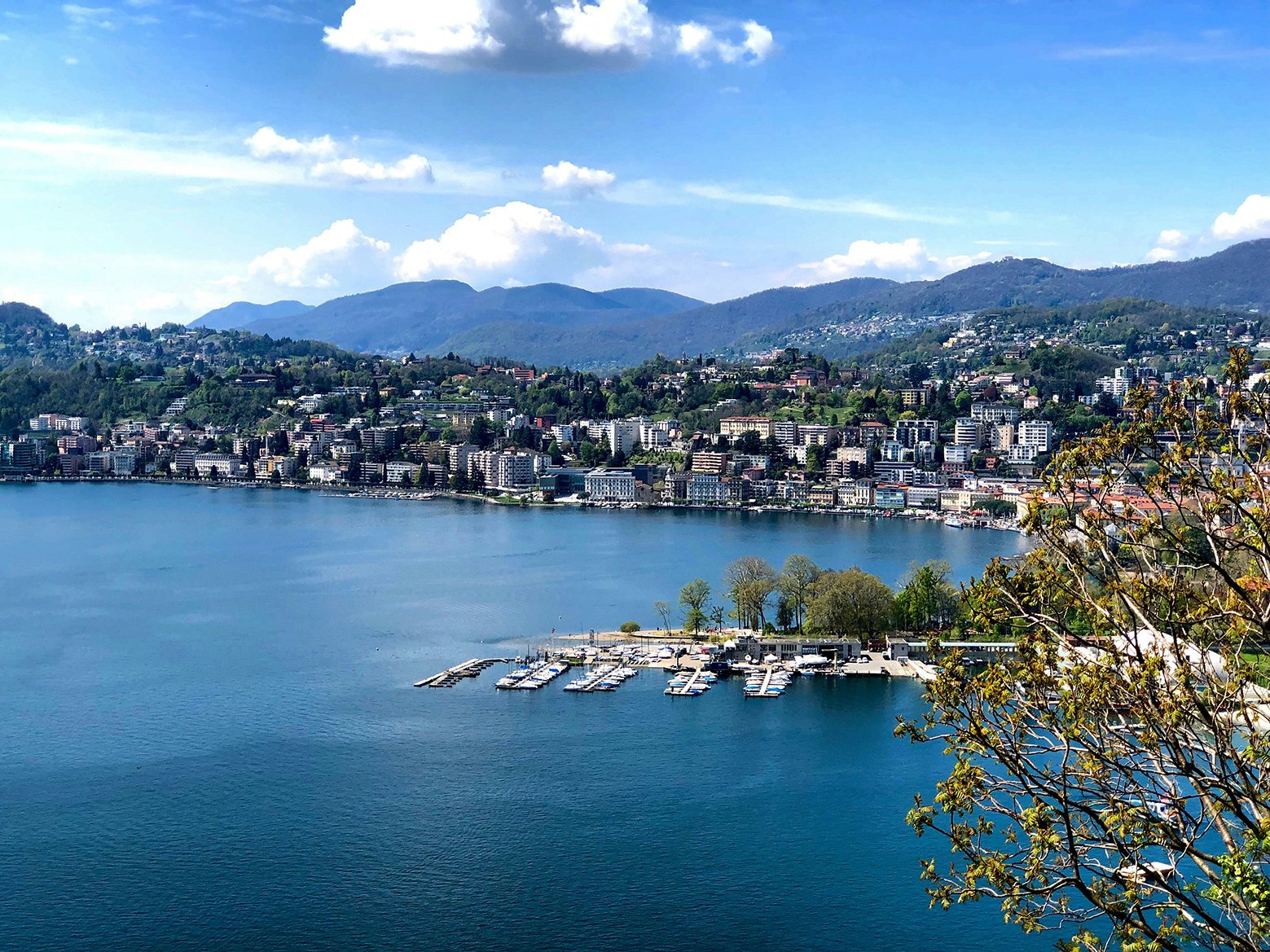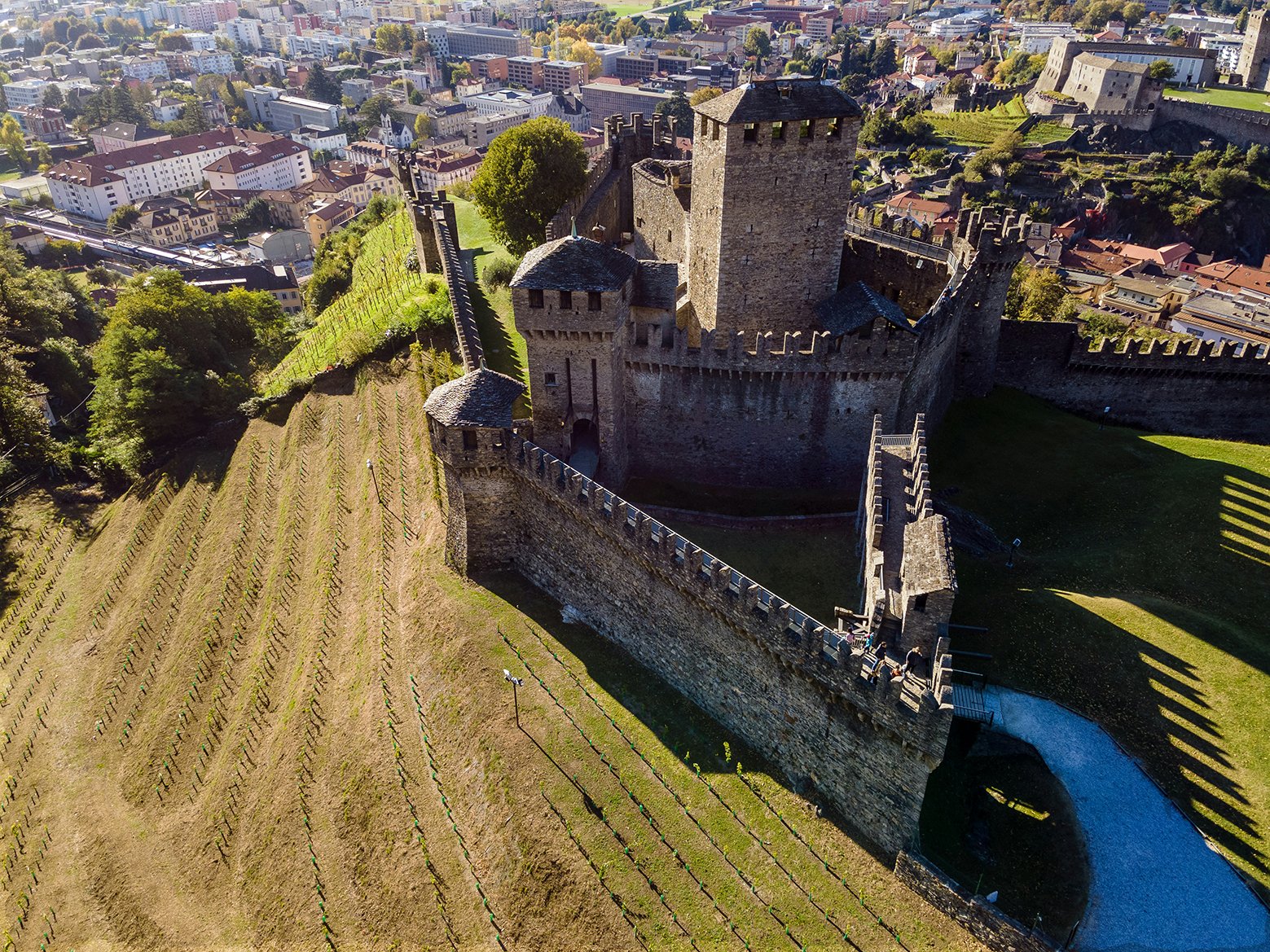A Bridge Between Cultures
Located in the southern part of Switzerland, the Canton of Ticino is uniquely positioned as a bridge between Swiss and Italian cultures. Geographically, Ticino is nestled between the Swiss Alps to the north and the expansive region of Northern Italy to the south, creating a distinctive blend of landscapes and cultural influences. In fact, Ticino is the only entirely Italian-speaking canton in Switzerland, making it an important cultural enclave within the country. This linguistic uniqueness fosters a rich tapestry of traditions, cuisine, and lifestyle that distinctly contrast with the predominantly German and French-speaking regions of Switzerland.
Climate-wise, Ticino enjoys a Mediterranean-influenced climate, which is milder compared to the rest of Switzerland, thus attracting both tourists and residents who favor its warm summers and pleasant winters.
Places
Ticino Destinations

Lugano
Lugano, the largest city in the Canton of Ticino, Switzerland, seamlessly blends natural beauty with cultural richness. Renowned for its picturesque lakeside setting, it offers visitors stunning views of Lago di Lugano (Lake Lugano) surrounded by lush mountains. The lake itself is a major attraction, providing opportunities for boating, swimming, and leisurely lakeside strolls.

Locarno
Located in the southeastern part of Switzerland, beside the picturesque Lake Maggiore, Locarno basks in the reputation of being the sunniest city in Switzerland. This charming locale is a haven for visitors seeking both relaxation and adventure against the backdrop of a stunning natural landscape. The city is renowned for its Mediterranean-like climate, which perfectly complements the array of activities and attractions available to tourists.

Bellinzona
Bellinzona stands as a testament to medieval brilliance with its trio of UNESCO World Heritage-listed castles: Castelgrande, Montebello, and Sasso Corbaro. These fortifications, built between the 13th and 15th centuries, form one of the most striking examples of medieval military architecture. Each castle showcases unique features, reflecting the strategic importance and innovative design of their time.
